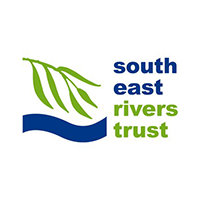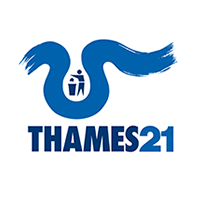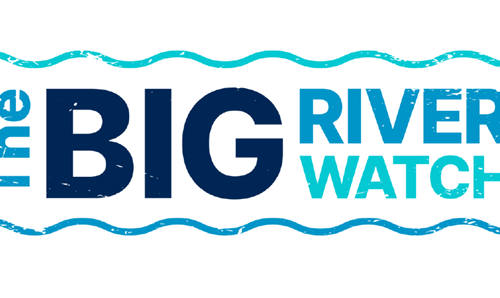Invasive non-native species (INNS) of plants have detrimental impacts through competition and habitat alteration. This can then in turn have effects on the wildlife that is dependent on native flora.
Thames Rivers Trust (TRT) strongly advocates a best practice approach to the removal of invasive non-native plant species. Starting at the top of any sub-catchment and moving downwards (upstream and moving downstream), working where possible in partnership with landowners and councils.
Many trusts have been co-ordinating and implementing long-term programmes to eradicate INNS from rivers, streams and the adjoining land. However individuals, other organisations and groups can all contribute to the control of INNS.
Some species are easier than others to remove. Himalayan balsam is widespread but has small roots that can easily be manually pulled; and with repeated visits over consecutive years to remove plants it can be outcompeted.
Some trusts run highly successful community involvement events (Balsam Bashing), training volunteers how to identify plants and remove them. Left unchecked balsam will outcompete native riverbank plants, when it dies back it leaves barren banks that are more prone to erosion.
This species is listed on Schedule 9 of the Wildlife and Countryside Act in England and Wales which makes it an offence to plant or allow the species to grow in the wild. Some species including Japanese knotweed and Giant hogweed are less easy to correctly remove and are classified as ‘controlled waste’ with strict protocols for disposal.
The Plant Tracker app, is no longer ‘active, but you can view data.
For additional INNS information visit these sites:
Action for the River Kennet
ARK run a long term Himalayan balsam removal programme along the Kennet and its tributaries. This has run since 2011 with much success and continues with organised volunteer balsam pulling tasks at known sites. Every year ARK raises awareness of INNS and ask the public to report new sightings in the Kennet catchment to them. To report INNS to ARK contact anna@riverkennet.org
South East Rivers Trust
Wandle Trust (part of SE Rivers Trust) has recently launched an INNS Action Plan and have trained up River Rangers to identify and monitor the Wandle. This is about to expand over the next three years to include the Beverley Brook and Hogsmill. For more information, to become a ranger and to view the Wandle INNS map click here.
Thames 21
T21 has been working on the Ravensbourne catchment for the last nine years through their 3 Rivers Clean Up partnership with the London Borough of Lewisham, engaging local people and corporate groups with a focus on Himalayan balsam removal and the treatment and removal of Giant hogweed and Japanese knotweed.








